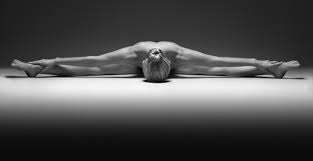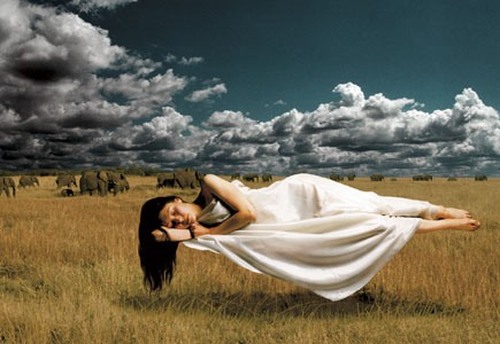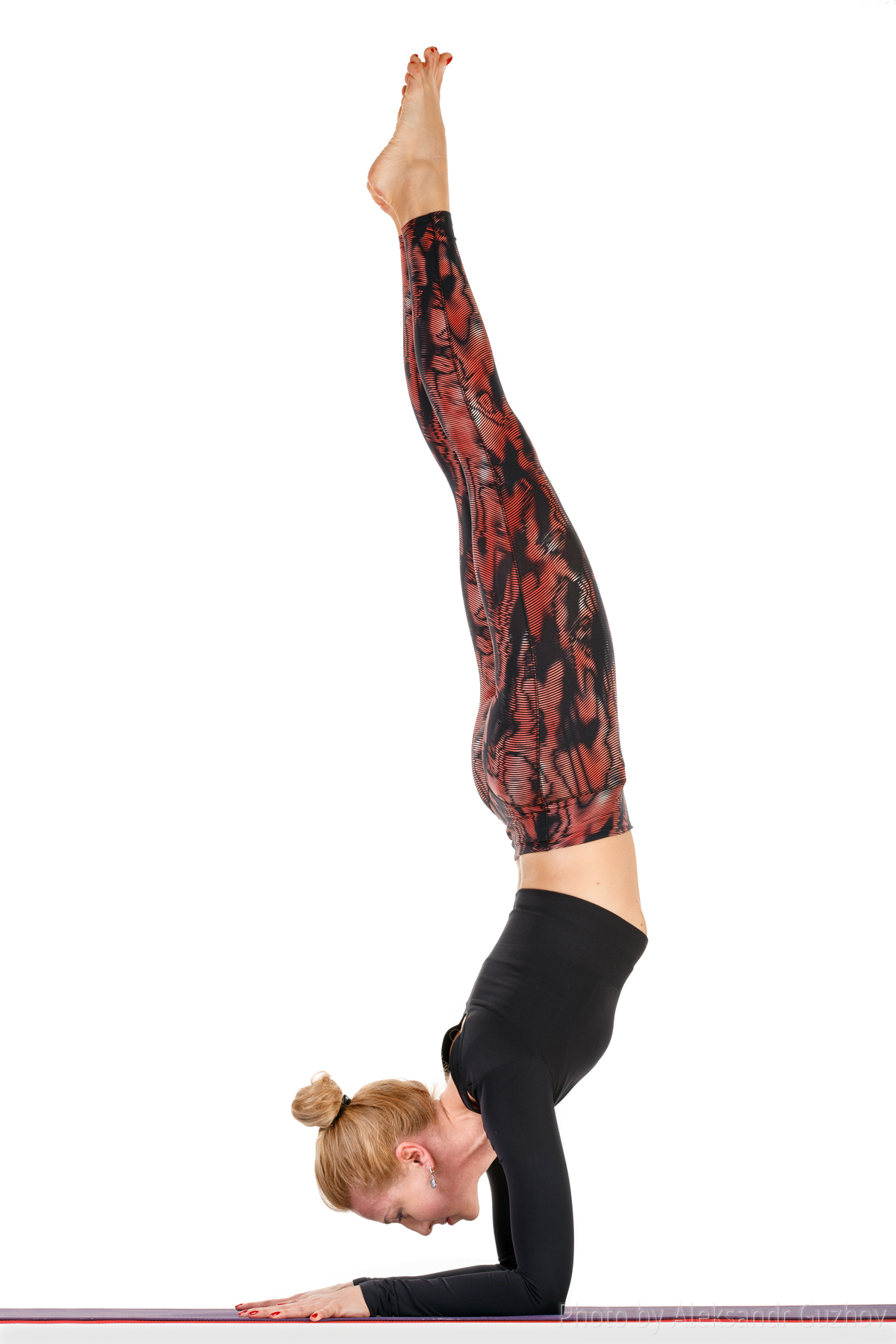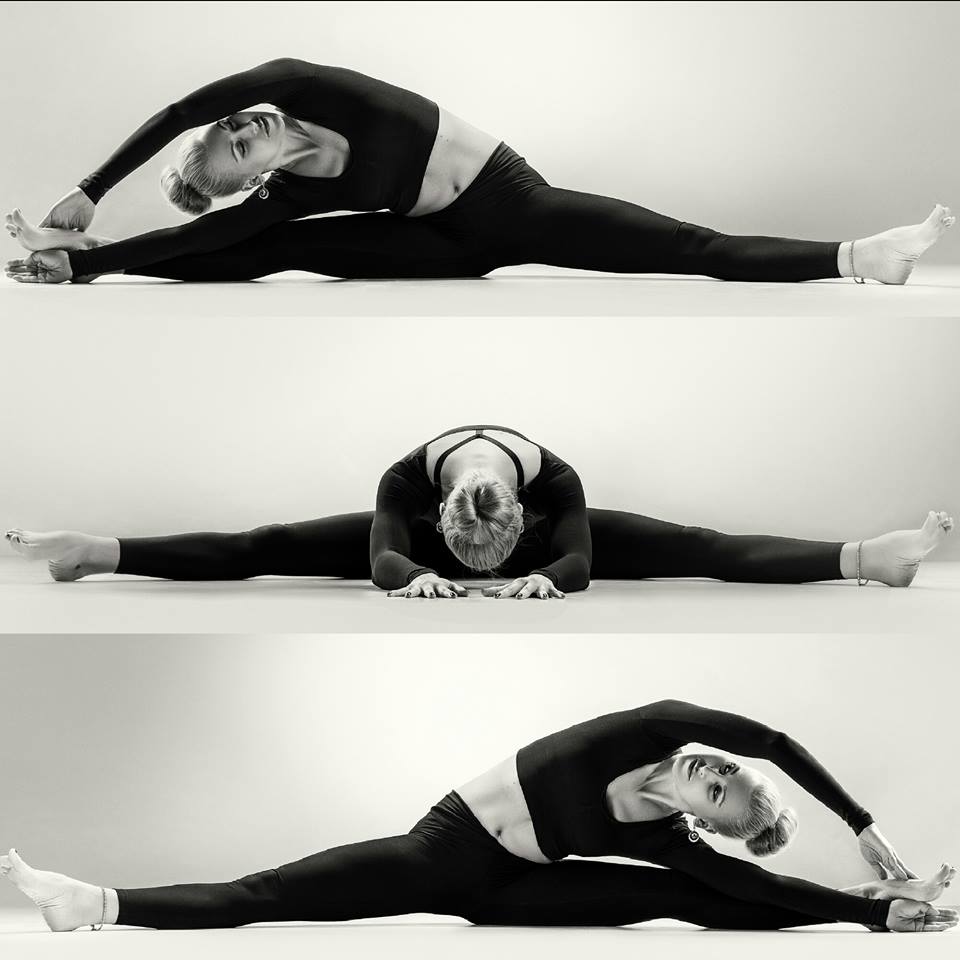Ashtanga yoga with Lino Miele
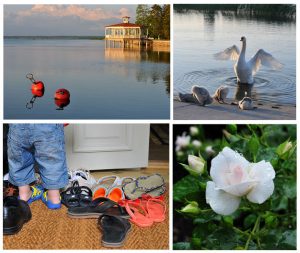 July 7-9, I was fortunate enough to participate in the practice of Ashtanga Yoga, in Haapsalu, at a summer camp with Lino Miele.
July 7-9, I was fortunate enough to participate in the practice of Ashtanga Yoga, in Haapsalu, at a summer camp with Lino Miele.
I would like to share some impressions. Haapsalu, of course, is ideal for such events – a cozy and calm city, fresh air, especially after the rain … Evening promenade at sunset, under the cries of seagulls, in an airy high spirits after a day of practice. Here is a photo mood:
haapsalu
A bit about Ashtanga Yoga. The founder of the style is considered to be Sri Pattabhi Jois. Actually, “Ashtanga” – is translated as the “octal path” and is based on the 8-step yoga proposed by the sage Patanjali, who wrote the “bible” of yoga – Yoga Sutras. This is a dynamic, strong yoga style, where you have to sweat 🙂 The teacher formed 3 series (defined asanas sequences) – initial, intermediate and advanced. That is, in the classes the same sequence is done every time, you can not skip or bypass any asana. It is this nuance that brings up the character. The student needs to adapt himself to practice, and not vice versa. For example, Iyengar yoga is diametrically opposite in approach – there the practice adjusts to the possibilities and needs of the practitioner. Yes, Ashtanga – she is for the “strong in spirit.” 🙂 When one sequence is mastered, then you can proceed to the development of the next. The most important, of course, is the union of movement and breathing (deep sneeze). Actually, movement and breathing are 2 main signs of a living being, the presence of life. That is why yoga and Ashtanga in particular – makes you feel ALIVE from the tips of your toes to the crown of your head 🙂 At first glance (and especially the view from the side) it may seem boring to do the same thing from time to time. But once you try and understand what the trick is. But the trick is that the meditative state achieved in slow or static yoga is achieved through movement. Actually, we are dealing with dynamic meditation, truly stopping the flow of thoughts and expanding consciousness.
Lino Miele, originally from Italy, had the honor of personally learning from Pattabhi Jois himself in the 80s. Lino has many centers open – from India to Finland. Incredibly active, charming and positive person. I managed to communicate with him outside the classroom – there was just a warm cloud in my heart. A simple, open, wise person. I don’t know how old he is (I suspect that a lot), but what he does is not for every young man. By the way, his two-year-old daughter is growing up! 🙂

